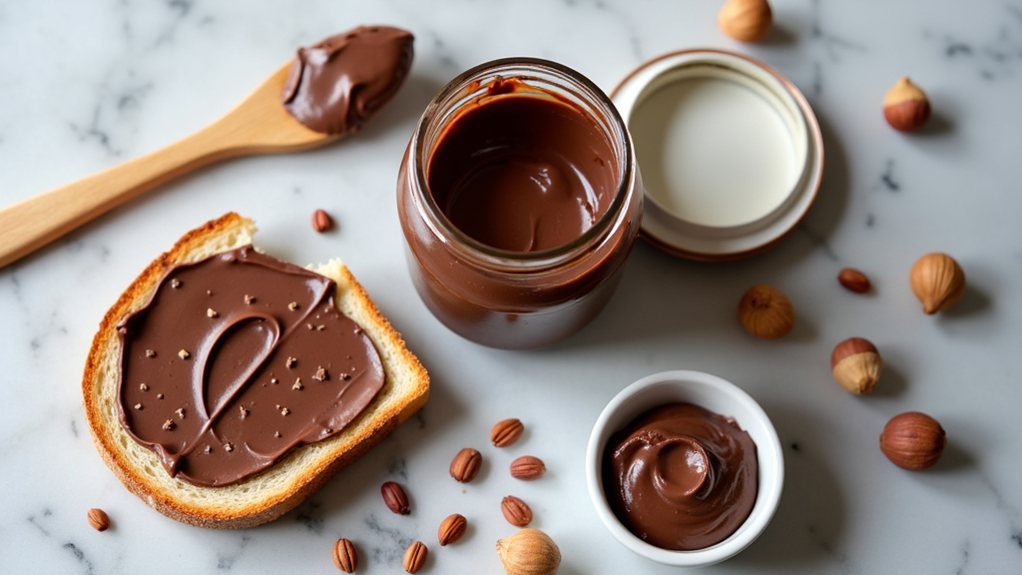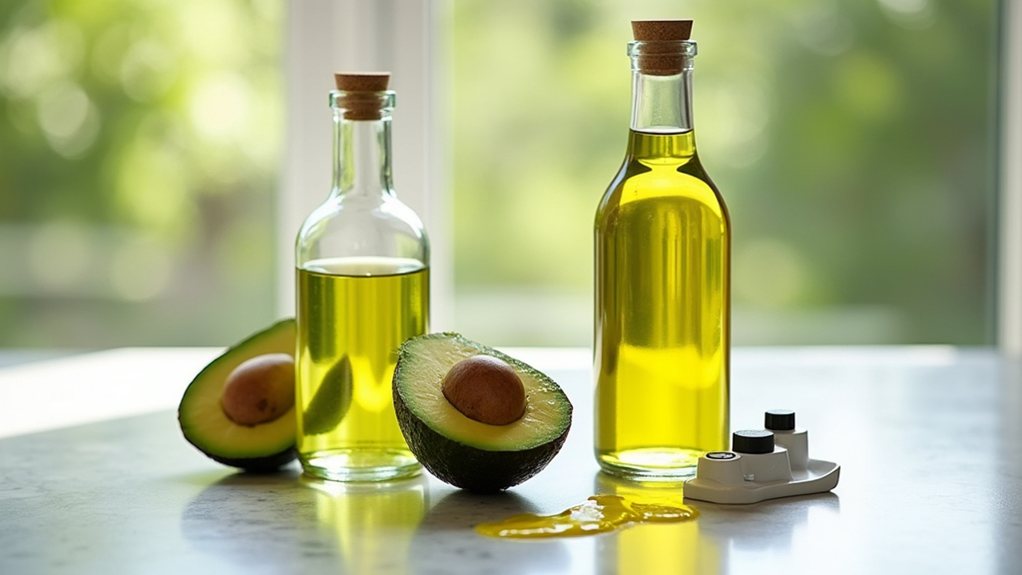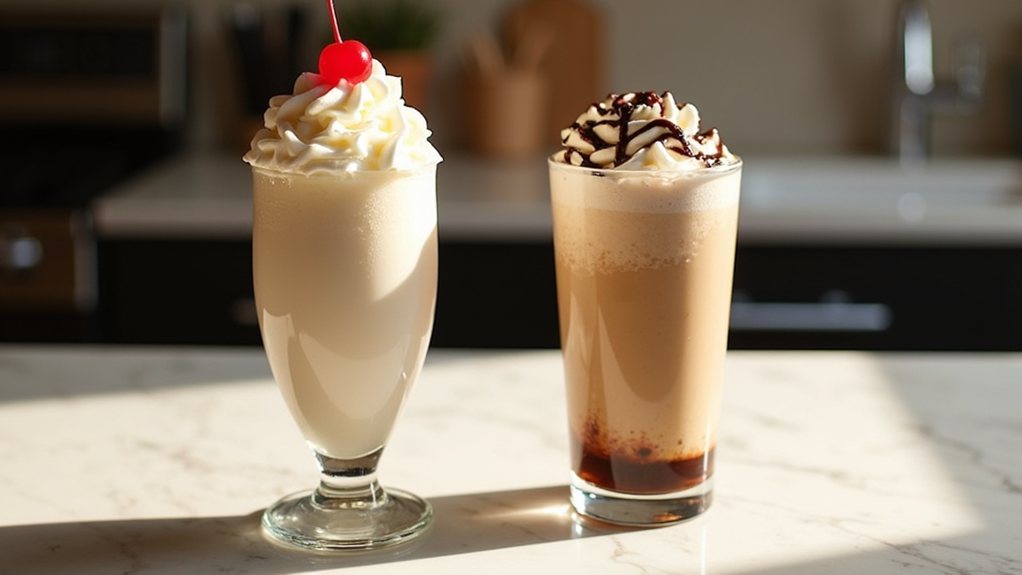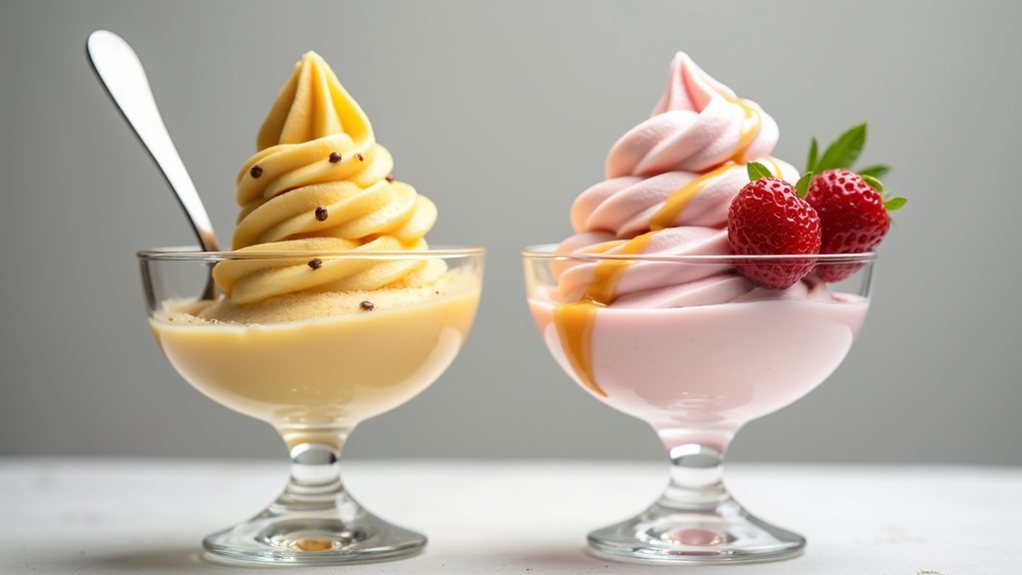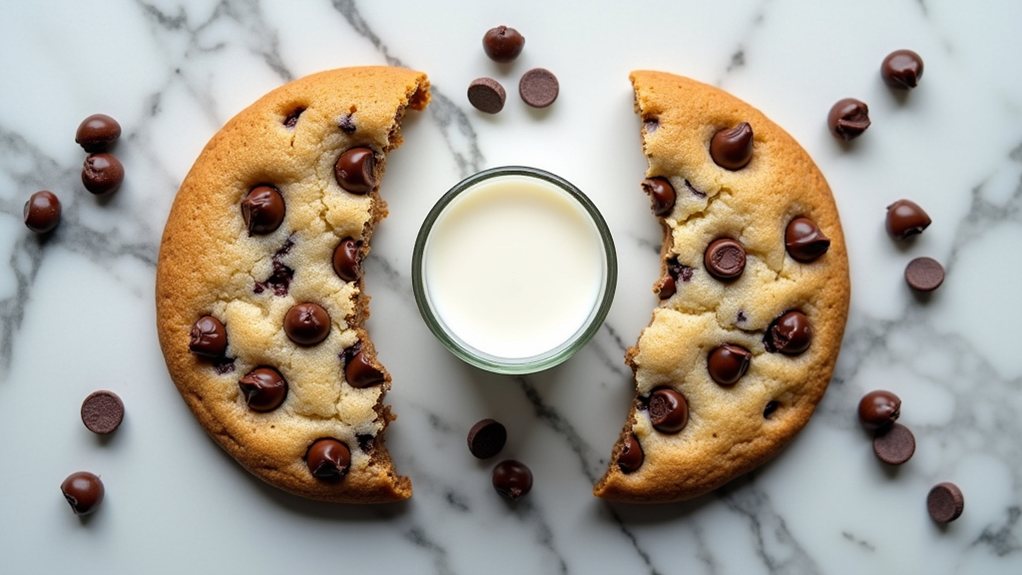In terms of hazelnut spreads, the details matter beyond the familiar jar on supermarket shelves. Nutella dominates the market, but connoisseurs know alternatives exist with superior qualities. Higher hazelnut content creates richer flavor and better nutritional profiles, while the absence of palm oil addresses environmental concerns. The difference becomes apparent in both taste and texture, creating a more authentic experience that transforms ordinary toast into something memorable. What specific ingredients set premium spreads apart?
Quality Ingredients Make the Difference
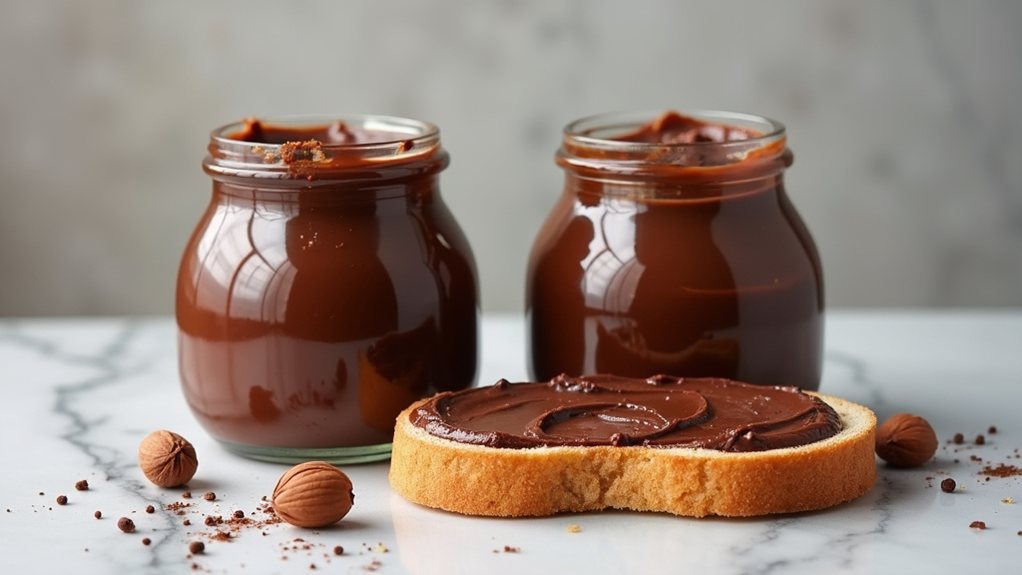
The beloved chocolate-hazelnut spread has become a pantry staple in households around the world, with Nutella standing as the most recognized brand in this category. However, alternative spreads like Nocciolata offer compelling reasons to reconsider this popular choice. While Nutella lists sugar as its initial ingredient and contains only 13% hazelnuts, Nocciolata prioritizes quality with a more balanced composition, avoiding controversial palm oil in favor of sunflower oil.
Beyond Nutella: Discover premium alternatives with higher hazelnut content and better ingredients for a more authentic chocolate-hazelnut experience.
The flavor profile of these competing spreads reveals significant differences that discerning palates can appreciate. Nutella’s overwhelming sweetness often masks the natural hazelnut flavor, creating what some describe as a sickly sweet taste. In contrast, Nocciolata and other premium alternatives like Lindt deliver a more sophisticated balance between chocolate and hazelnuts, allowing the natural nuttiness to shine through, which makes them more adaptable in both sweet and savory culinary applications.
Nutritionally, the distinctions become even more apparent. Nutella’s high sugar content and use of palm oil contribute to its caloric density without providing substantial nutritional benefits. These caloric-dense spreads typically lack the pure hazelnut flavor that makes premium alternatives so appealing.
Alternative spreads typically contain higher percentages of actual hazelnuts, delivering more of the nuts’ natural monounsaturated fats, fiber, and protein, which support heart health and muscle repair. Premium options like Lindt contain 25% hazelnuts in their formula, nearly double Nutella’s content. These healthier options often contain less sugar, reducing the risk of numerous chronic health conditions associated with excessive sugar consumption.
Environmental considerations also favor alternative spreads. Nutella’s use of palm oil has been linked to deforestation and habitat destruction, while brands like Nocciolata and Artisana emphasize sustainability in their ingredient sourcing. Many consumers now prioritize these ecological factors alongside taste and nutrition when making purchasing decisions.
In the kitchen, premium hazelnut spreads demonstrate remarkable versatility. They can enhance simple toast or waffles, integrate smoothly into baked goods like brown butter banana bread, or add luxurious flavor to gourmet desserts.
Though occasionally thinner in consistency than Nutella, their authentic flavor and cleaner ingredient lists make them increasingly popular choices for those seeking both culinary excellence and conscientious consumption.
